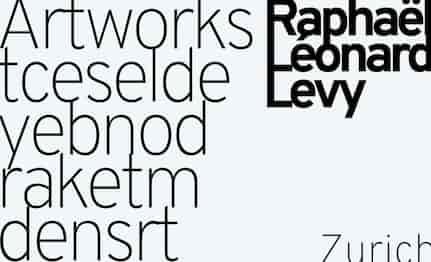CLICK TO VIEW PRESS RELEASE

DOUGLAS HUEBLER16.04-25.04.1976
DOUGLAS HUEBLER from the USA exhibits at Galerie S:t Petri, Lund, from 16–25 April 1976.
Until 1962, Huebler was a painter. His geometric paintings then became reliefs, followed by modular wooden constructions.
These were usually white, block-like, open units placed directly on the floor.
Each part could be experienced from any direction — there was no “right” side.
With these minimal sculptures, Huebler sought to establish a complex sculptural idea in the viewer’s mind.
The next logical and radical step came in 1967, when he began to work with non-object-based activities, which he still does.
With words, maps, diagrams, and photographs, he documents real places around the world — so far apart that they cannot be experienced directly.
Thus, the sculptural ideas exist only as analogies in the mind of the person who perceives the material — the conceptual form that art takes.
Huebler’s works contain little intrinsic meaning; they are not built on any special psychological, sociological, or philosophical foundation.
The information is suggested through analogies; it is never directly stated.
The works are carefully structured so that the viewer must complete the meaning.
Douglas Huebler defines art as an activity that expands human consciousness through constructions that transform natural phenomena — from the qualitatively undifferentiated state we call “life” — into objective and inwardly focused concepts.
The conceptual systems Huebler uses are random or logical series of temporal aspects or linguistic propositions, and their external form is documented through photographs, taken with a camera used as a recording device, without the photographer making any aesthetic decisions.
Douglas Huebler has held numerous exhibitions around the world, but this is his first solo exhibition in Sweden.
Galerie S:t Petri is open weekdays 3 p.m.–8 p.m., Saturdays and Sundays 12 p.m.–5 p.m.
----------------------------------------
Text printed on the poster
Douglas Huebler — Artist Statement
I would define art as an activity that extends human consciousness through constructs that transpose natural phenomena from that qualitatively undifferentiated condition that we call "life" into objective and internally focused concepts.
Since Impressionism most art has been based on an inference that our experience of natural phenomena necessarily calls for its transposition into visual manifestations.
My work is concerned with determining the form of art when the role traditionally played by visual experience is mitigated or eliminated.
In a number of works I have done so by first bringing "appearance" into the foreground of the piece and then suspending the visual experience of it by having it actually function as a document that exists to serve as a structural part of a conceptual system.
The systems used are random or logical sets of numbers, aspects of time, or propositions in language, and the "documents" of appearance are photographs that have been made with the camera used as a duplicating device whose operator makes no "aesthetic" decisions.
Whatever is visual in the work exists arbitrarily and its real existence remains as itself — in "life" along with everything else — and separate from art or the purposes of art.


